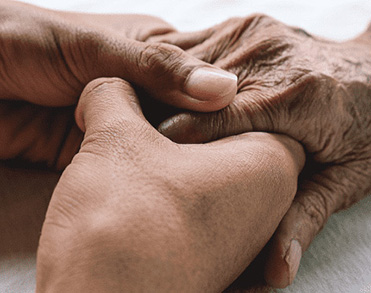Abuse in a nursing home or assisted living is an ugly reality that often goes unnoticed. With so many different types of elder abuse, it can be difficult to know exactly what to look for. Beyond obvious physical symptoms like broken bones, there are many other signs of nursing home abuse that family members need to be aware of. Family members may be able to spot signs of nursing home abuse and neglect over time.
Signs can include the resident developing bedsores, emitting unhygienic odors and dwindling overall health levels. Sexual or emotional abuse may be detectable when the elderly person begins to withdraw, stops communicating and becomes fearful of being left alone with certain care staff or other people. Additional signs of abuse and general mistreatment can include the resident having broken eyeglasses, dirty or soiled clothing or being unsuitably dressed for the weather. In some cases, the facility itself may indicate a poor environment.
Check for faulty electrical wiring, improperly functioning utilities or general lack of maintenance. It’s critical to be aware of the signs of elder abuse in a nursing home. Watching for signs can help stop abuse from worsening, and may even save your loved one’s life.














